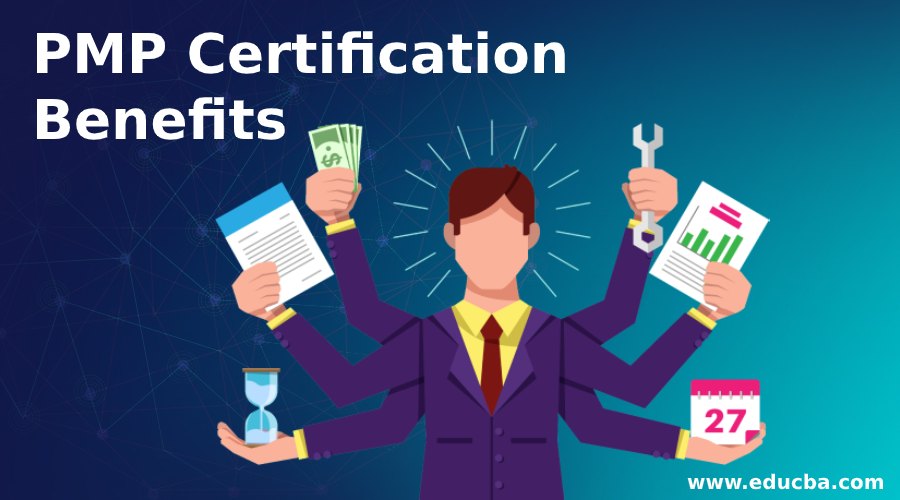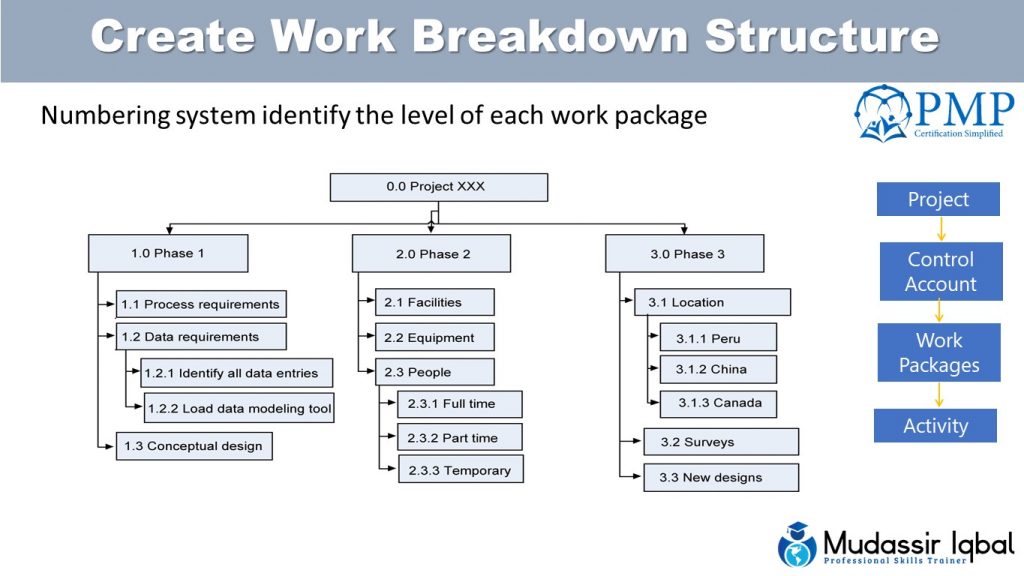

Don’t expect a straight forward, methodical guide to project management. It is not a chronological, step by step knowledge base upon which the exam questions are based, although it does include most of it.Īnd secondly, its writing style is not an easy read. Firstly, it is not considered by the PMI to be the official exam syllabus. However, it is not fair to say that the PMBOK is the only source you need for the exam. It is available at any bookstore or Amazon.

The Project Management Institute publishes the official textbook and knowledge bank for the exam, The Project Management Body of Knowledge (PMBOK). If you don’t have this much time per week, count on longer. If you diligently study the PMBOK guide, read 1-2 other project management books, and take an online course you should be looking at around 2-3 months in your spare time (say, 20 hours per week). Alternatively, if you hold a 4-year degree (in anything), from an american university or the global equivalent the requirement goes down to 36 months (three years) and 4,500 hours. Prior to taking the exam to become certified, you must have 60 months (five years) of project management experience during which at least 7,500 hours were spent leading or directing project(s). This formal education can be obtained from a PMI Registered Education Provider (REP) or from a non-approved vendor if you supply a course overview. You also need to obtain 35 hours of formal project management education prior to making the application and taking the exam. high school diploma or global equivalent. To get PMP certified, you need to have a U.S. The following overview answers your most pressing questions:

The PMI issues a PMP Handbook which lists all the details. Issued by the Project Management Institute (PMI) based in the United States, it gives you the initials “PMP” after your name.
PMP MEANING PROFESSIONAL
Project Management Professional (PMP) certification is the largest and most well known project management designation with 830,000 people certified worldwide.


 0 kommentar(er)
0 kommentar(er)
